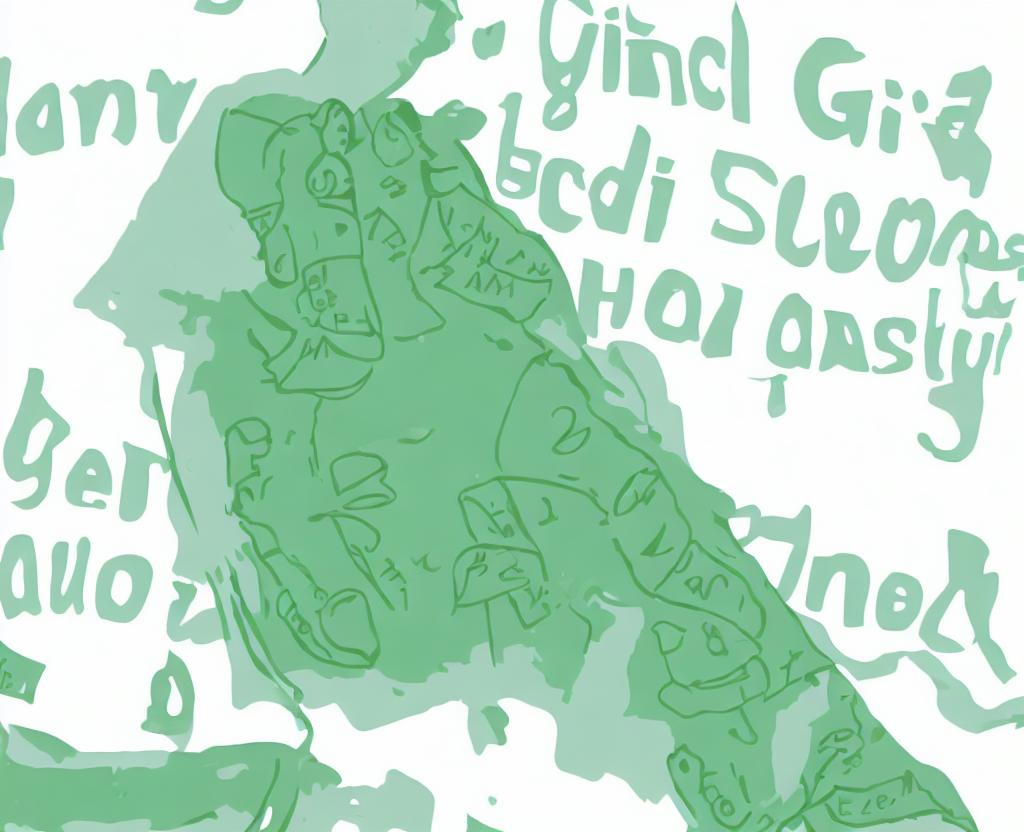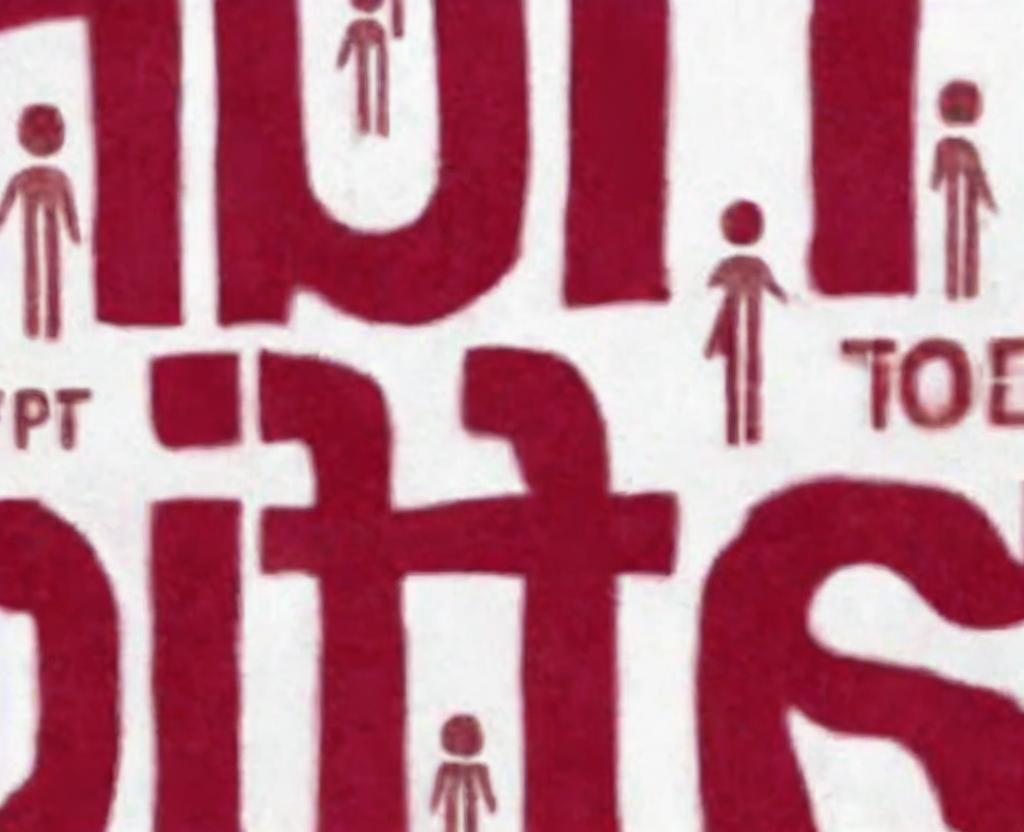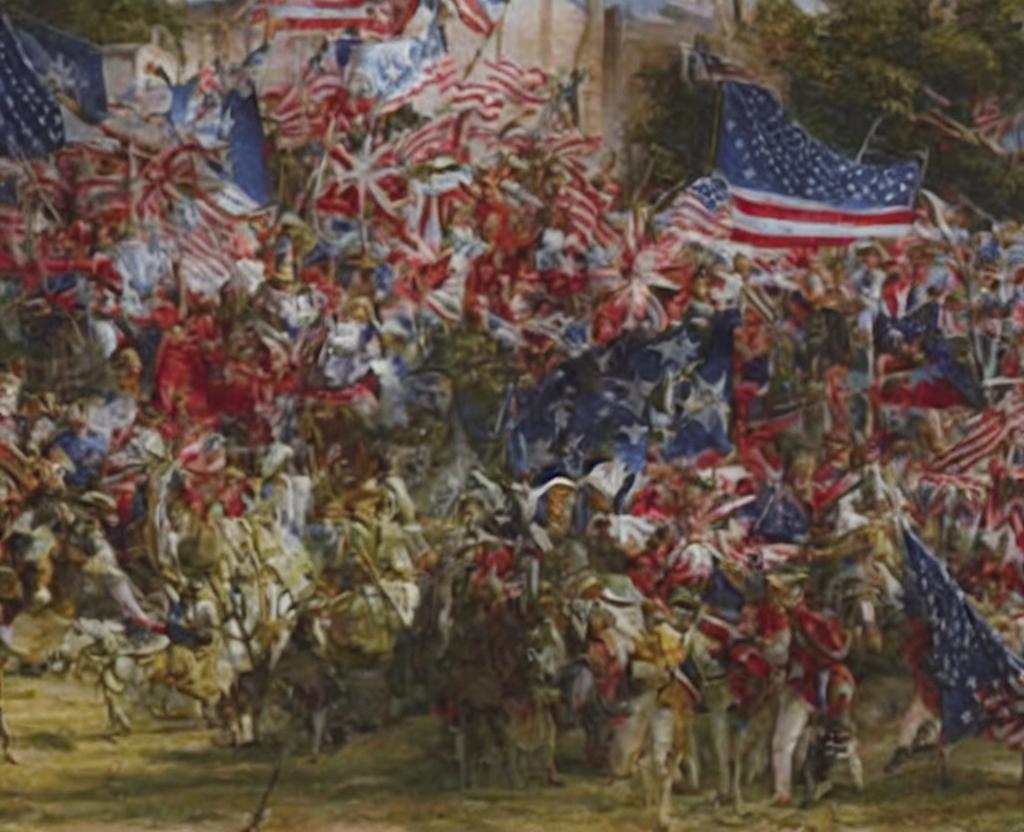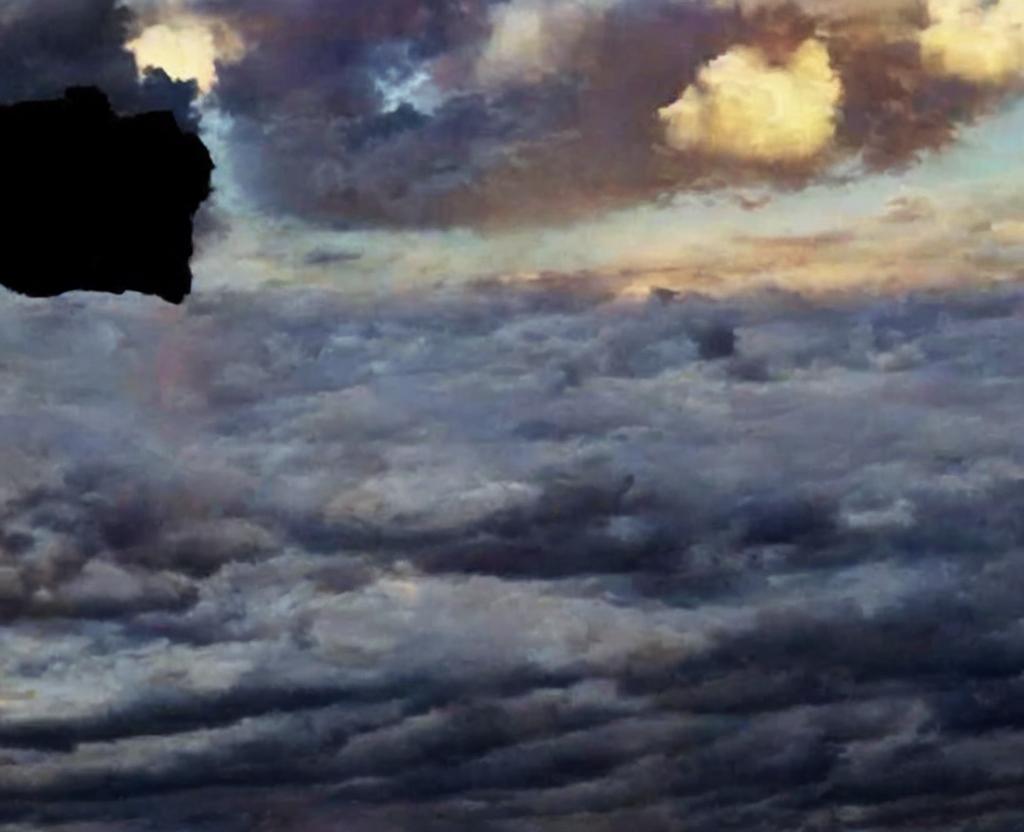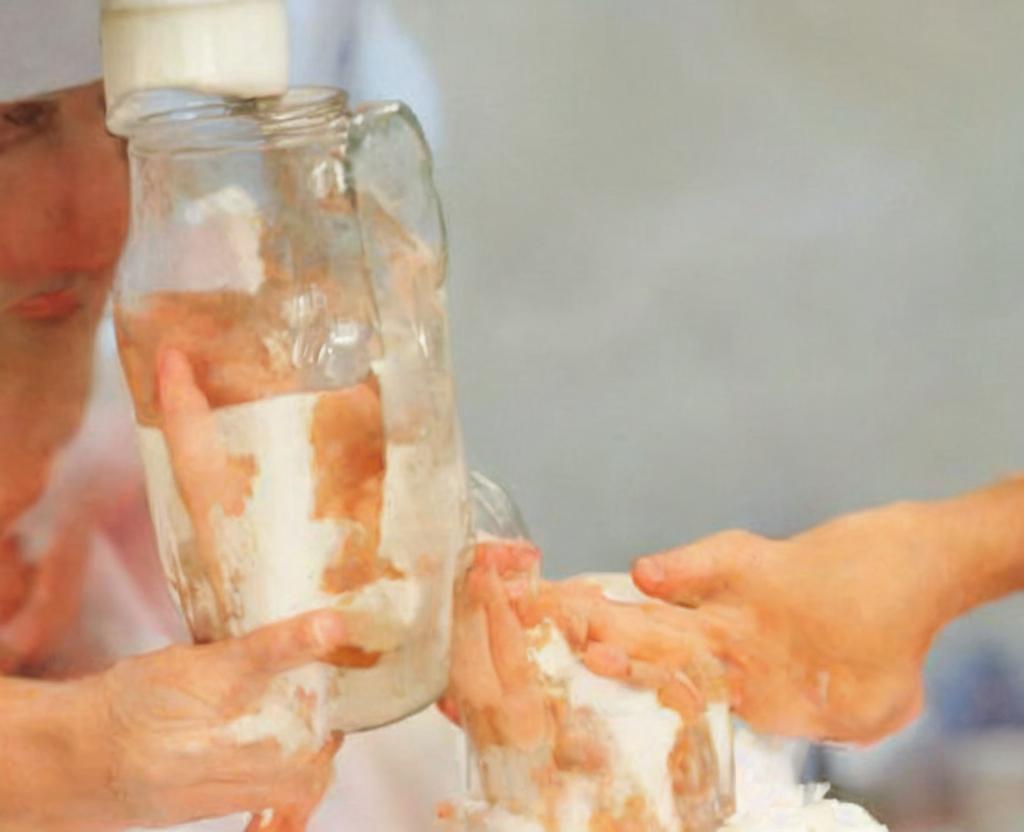
National Milk Day
On January 11th, many believe the first milk bottles in glass bottles appeared in the United States on January 11th. Alexander Campbell of the New York Dairy Company pleaded for these deliveries in 1878, according to New York State Senate Alexander Campbell of the New York Dairy Company.
The United States and Australia export more milk and milk products than in any other region. Those include cheese, yogurt, ice cream, butter, cream, powdered milk, and many more. More than 6 billion people drink milk and the products we produce from it around the world. One of the reasons is because milk contains minerals such as calcium, potassium, vitamin B12, and vitamin A. One of the reasons is that milk contains calcium, potassium, vitamin B12, and vitamin A.
Production history
People called milk the virtuous white spirit in the Middle Ages because alcoholic beverages were more reliable than water. In 1863, French chemist and biologist Louis Pasteur made it possible for milk and other foods and drinks to be stored for longer stretches. He invented a way of killing harmful bacteria that is now called pasteurization. He invented a device that is now called pasteurization.
In 1884, Hervey Thatcher, an American doctor from New York City, invented the first modern glass milk bottle. It was "Thatcher's Common Sense Milk Jar" that it was named. To seal the milk in the glass bottle, he used a waxed paper disk. Plastic-coated paper milk cartons were introduced commercially in 1932 as a result of Victor W. Farris' invention.
Many other food-additive and industrial products are made from milk, whey protein, lactose, condensed milk, powdered milk, and many other industrial and industrial products.
Animals
By definition, the females of all mammal species can produce milk. However, cow milk dominates commercial production. However, cow milk dominates commercial production. In 2011. In 2011. In 2011. Cows produced 85% of all milk worldwide, according to FAO, who estimates that cows produced 85% of all milk worldwide. Many species of livestock contribute milk used by humans for dairy products are different from cattle. These animals include buffalo, goat, sheep, camel, donkey, horse, reindeer, and yak. Their milk is also made with cream, butter, yogurt, kefir, ice cream, and cheese.
How to Observe #nationalmilkday
A large glass of milk is the ultimate way to celebrate... However, a serving of something made with milk would count, as well! Is a milkshake right to you? We've gathered up some other ways to celebrate, as well.
- Make your own cheese
- Your milk will be flavored with chocolate, strawberry, and malted flavorings Then blindfold the children and have a milk tasting!!
- Make homemade hot chocolate for a friend
- Learn more about the minerals in milk while sipping your milk. If you're enjoying your milk
On social media, use the hashtag #NationalMilkDay to post.
For projects and tips on how to celebrate Every Day, educators and families can visit the National Day Classroom.
History of national milk day in the United States has spanned decades
The International Association of Milk Inspectors, 1915, submitted a request to Congress in October of 1915 for a resolution naming an observance of National Milk Day. They did not specify a date for the observance, but did not specify a time for the celebration. No evidence that the incoming Congress ever presented a resolution for National Milk Day, nor did incoming President Woodrow Wilson ever declare the date.
Relevant observances
- National Hot Chocolate Day is May 24th
- World Milk Day
- Osteoporosis Day is on World Osteoporosis Day
Milk FAQ
Q. How many calories are in a cup of whole milk?
A. One cup of whole milk contains 149 calories.
Q. Does all milk come from cows?
A. No. A. No. A. No. In the grocery store today, you can buy milk from both cows and goats.. There are also a variety of plant-based milk on the market.

